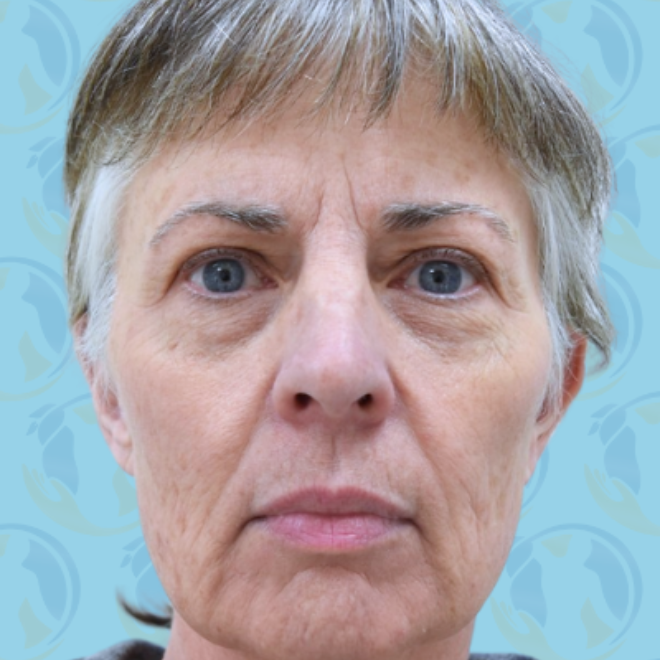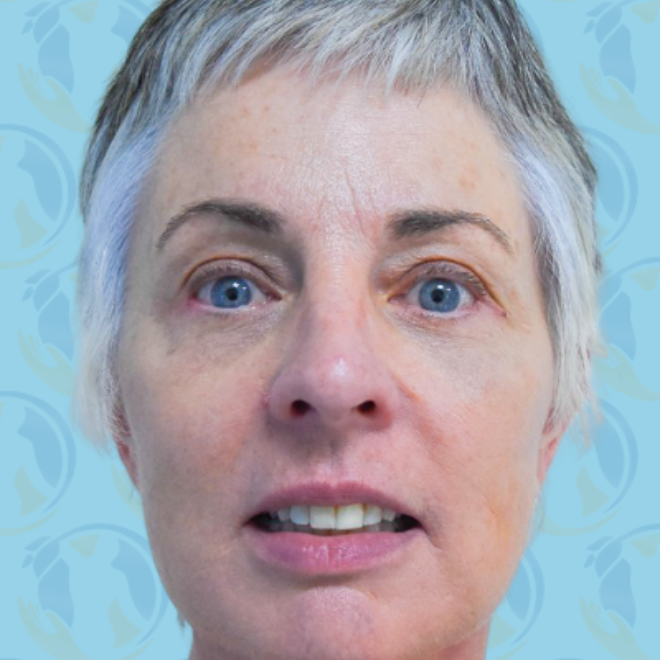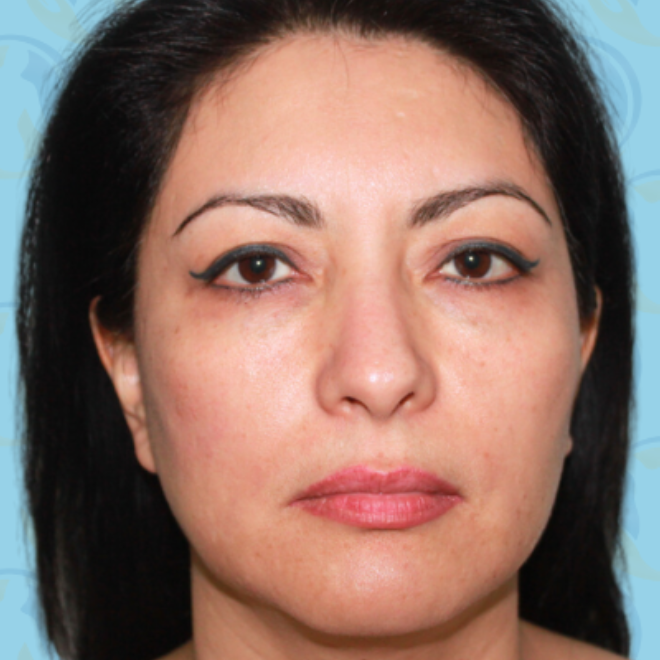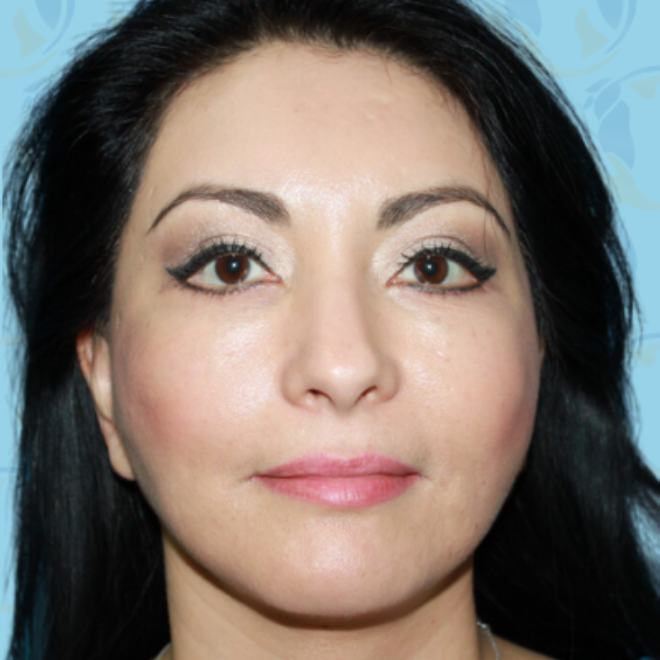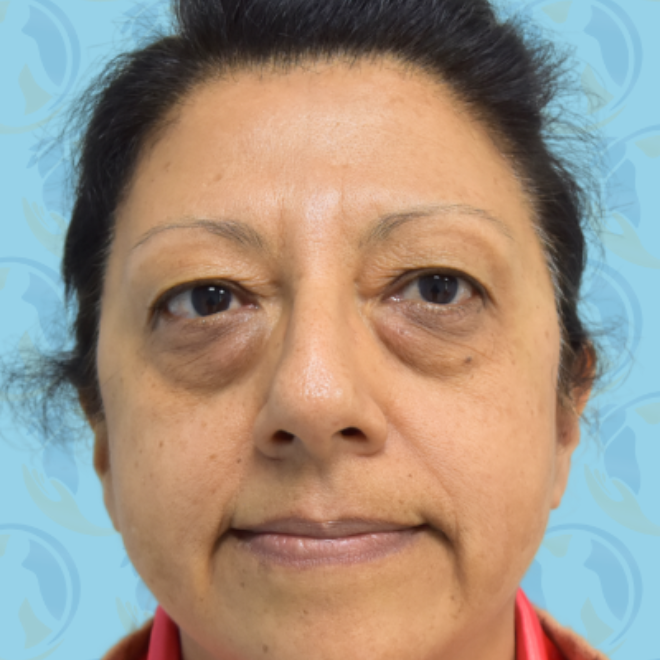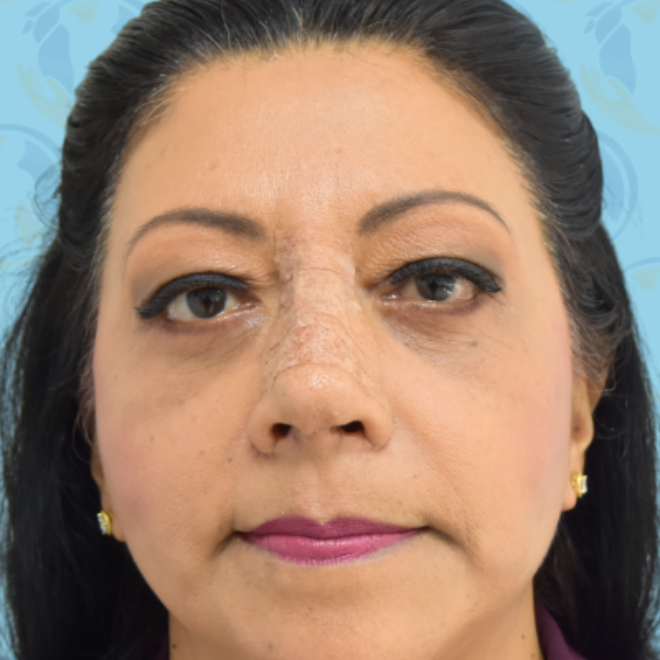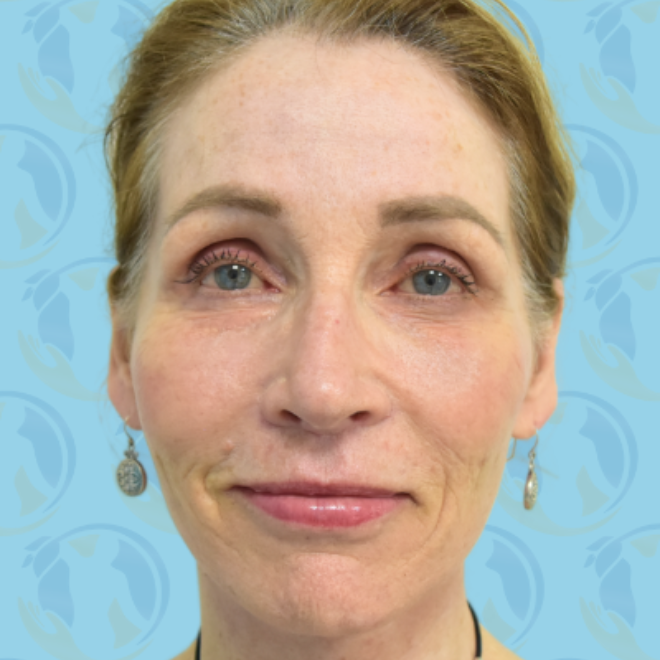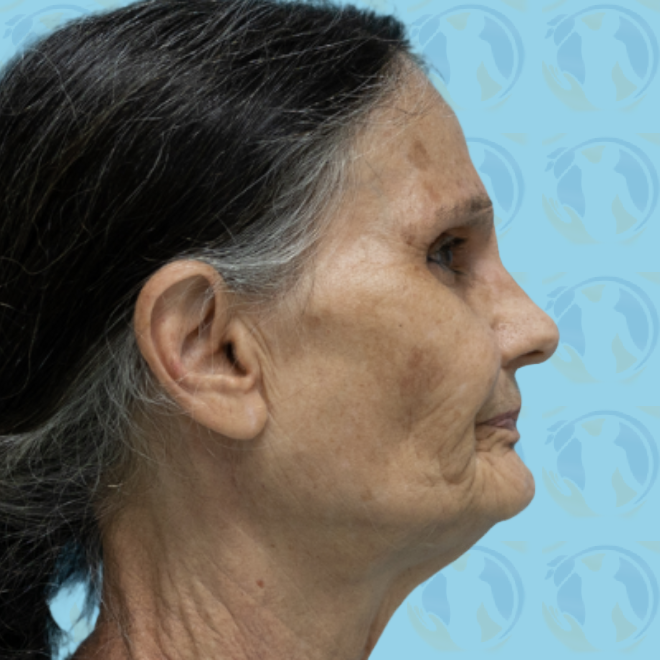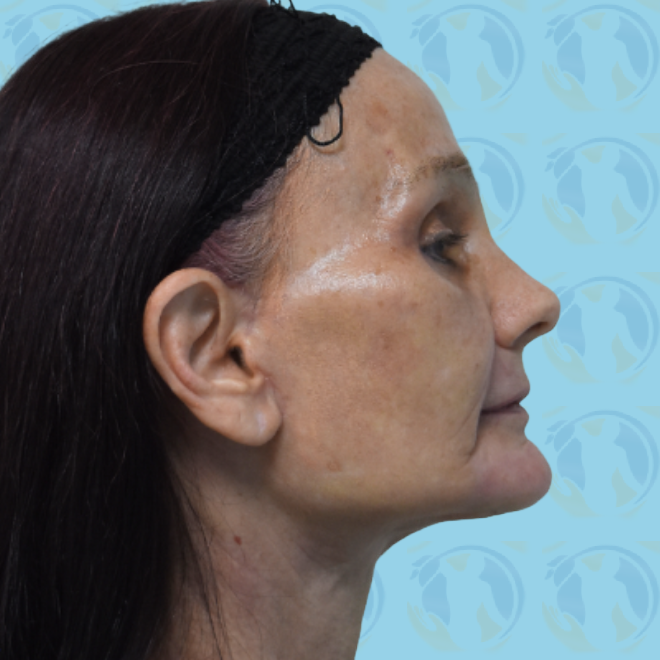Pectoral Implants
Conveniently located to serve the areas of Tijuana, Mexico
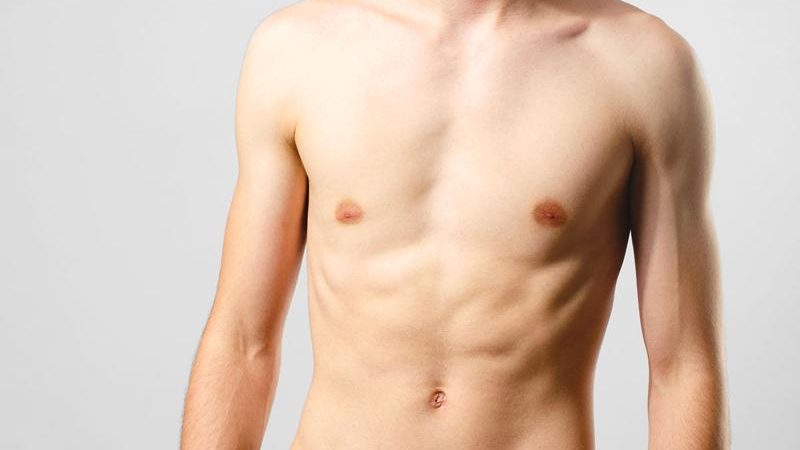
Pec implants are used in cosmetic (aesthetic) or reconstructive (functional) surgery procedures to increase the appearance, size, and or shape of the pectoral muscles. As such, they have been in use longer than most other types of body implants, (buttock, calf, bicep/tricep implants, etc.), first appearing in the mid-70s to repair functional issues such as asymmetry, and congenital chest deficiencies such as Poland’s Syndrome and Marfan Syndrome. Evolving from their original functional applications, they evolved in usage and are now used more widely in aesthetic applications—making enhancements to the male physique. Much of the evolution of the procedure in both areas has been in the last 25 years, since the mid-90s.
Considerations
Pec implants are used in cosmetic (aesthetic) or reconstructive (functional) surgery procedures to increase the appearance, size or shape of the pectoral muscles. As such, they have been in use longer than most other types of body implants, (buttock, calf, bicep/tricep implants, etc.), first appearing in the mid-70s to repair functional issues such as asymmetry, and congenital chest deficiencies such as Poland’s Syndrome and Marfan Syndrome. Evolving from their original functional applications, they evolved in usage and are now used more widely in aesthetic applications—making enhancements to the male physique. Much of the evolution of the procedure in both areas has been in the last 25 years, since the mid-90s.
Ideal Candidates
Pec implants can enhance your appearance and your self-confidence, but it won’t necessarily change your looks to match your ideal or cause other people to treat you differently. Before you decide to have surgery, think carefully about your expectations and discuss them with your surgeon.
Risks
Surgical risks are not excessive but include infection, seroma/hematoma formation, bleeding, asymmetry, implant migration, capsular contraction, wound dehiscence, scarring, and muscle and/or nerve damage.
Surgery Preparation
In your initial consultation, the surgeon will evaluate your health, determine where your fat deposits lie, and carefully assess your skin tone. Your doctor should explain any alternative body-contouring methods that may be appropriate and discuss the options or the combination of procedures that would be best for you.
Be frank in discussing your expectations with your surgeon. He or she should be equally frank with you, describing the procedure in detail and explaining its risks and limitations. Your surgeon should also explain the anesthesia he or she will use the type of facility where the surgery will be performed, and the costs involved.
During this consultation, be sure to tell your surgeon about any large weight losses or gains you’ve had at any time. You should also inform your surgeon if you smoke, and if you’re taking any medications, vitamins, or other drugs.
Don’t hesitate to ask your doctor any questions you may have, especially those regarding your expectations and concerns about the results.
Preparing for your pec implants surgery
If you’re having extensive pec implant surgery, discuss the possibility of having blood drawn ahead of time with your doctor. Your blood can be used to help replace the blood and other fluids you’ll lose during surgery if your doctor feels this is necessary.
Your surgeon will give you specific instructions on how to prepare for surgery, including guidelines on eating and drinking, smoking, and taking or avoiding vitamins, iron tablets, and certain medications. If you develop a cold or an infection of any kind, especially a skin infection, your procedure will have to be postponed.
While you’re making preparations, be sure to arrange for someone to drive you home after your surgery and, if needed, to help you out for a day or two.
Where your pec implant surgery will be performed
Your surgery may be performed in a surgeon’s office-based facility, an outpatient surgery center, or a hospital. It’s usually done on an outpatient basis, for cost containment and convenience. Extensive procedures may require a hospital stay of two or three days.
Types of anesthesia for pec implant surgery
If your procedure is not too extensive, the amount of fat and fluid removed does not exceed an amount your doctor will define based on your health, body size, and surgical procedure — pec implants can be performed under local anesthesia, which numbs the area, combined with a sedative to make you drowsy. You’ll be awake but relaxed and will feel minimal discomfort.
After your surgery
Don’t expect to look or feel great right after surgery. You’ll feel swollen and bruised, and you may feel a burning sensation. The pain can be controlled with medications prescribed by your surgeon, though you may still feel stiff and sore for a few days. You may temporarily lose all feeling in the area; don’t worry — it will return.
It’s not unusual to feel depressed in the days or weeks following surgery. Try to keep in mind that this is normal and will subside as you begin to look and feel better.
Getting back to normal after pec implants surgery
Healing is a gradual process. Your surgeon will probably tell you to start walking around as soon as possible (to help prevent blood clots from forming in your legs) but to avoid more strenuous activity for two to four weeks. Any stitches will be removed in five to ten days or dissolve, and you should be back at work in 2 to 3 days, or as much as two weeks after your surgery. When you resume activity depends on the extent of your procedure, how you feel, and what your doctor recommends.
While most of the swelling and discoloration will be gone a month or two after surgery, some swelling can remain for six months or more. Your surgeon will schedule follow-up visits to monitor your progress and to see if any additional procedures are needed.
If you have any unusual symptoms between visits — for example, heavy bleeding or a sudden increase in pain — or any questions about what you can and can’t do, don’t hesitate to call your doctor.
Your new look after pec implants surgery
Pec Implants surgery is a highly effective technique for giving you a new body contour with very little scarring. The results can be permanent, provided you eat sensibly and exercise regularly.
Most patients are very satisfied with the results of their pec implants — they feel more comfortable in a wide variety of clothes, and more at ease with their bodies. As long as your expectations are realistic, you should be happy with your new shape.


